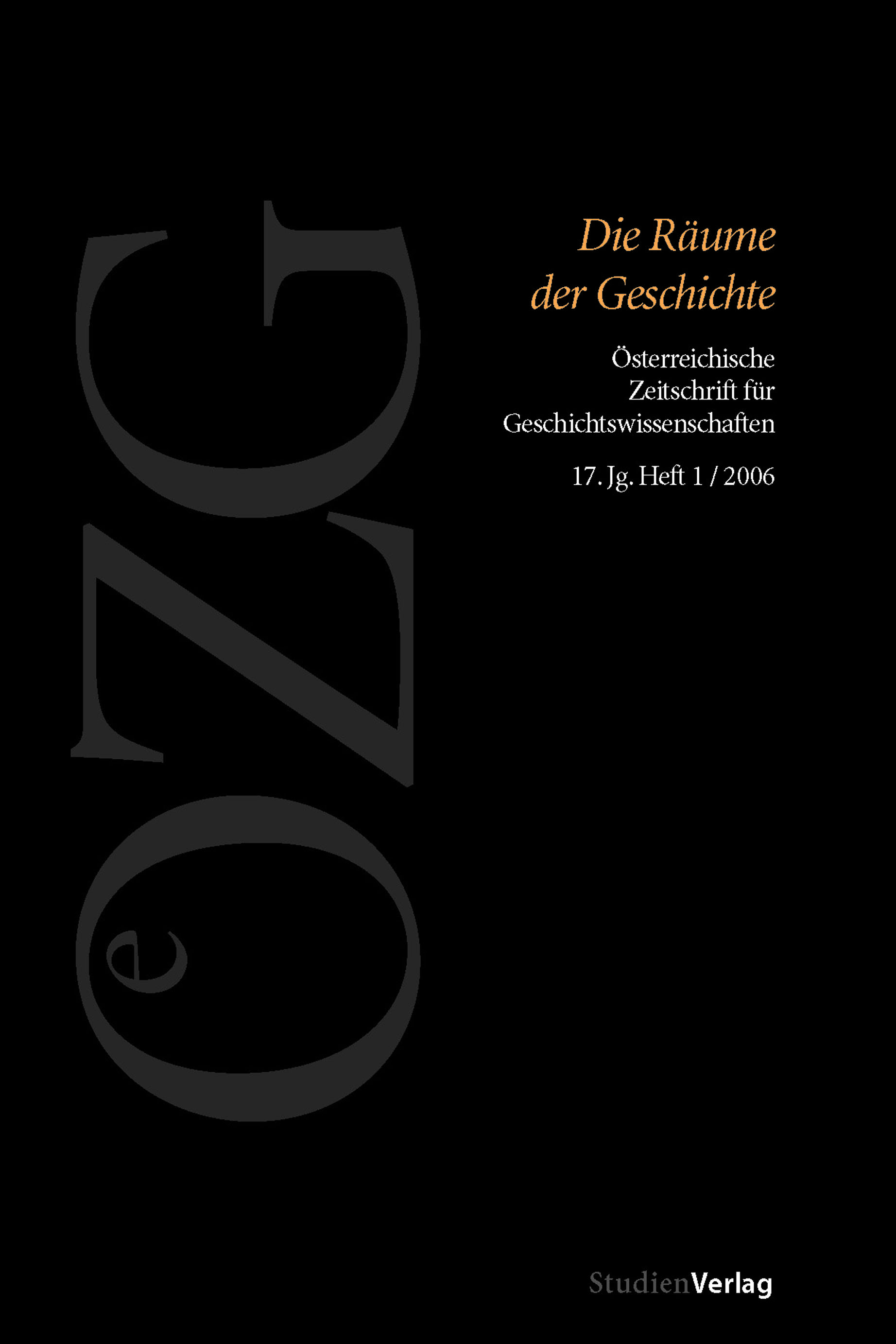Welchen Raum braucht Geschichte?
Vorstellungen von Räumlichkeit in den Geschichts-, Sozial- und Kulturwissenschaften
DOI:
https://doi.org/10.25365/oezg-2006-17-1-2Abstract
Spatial images and concepts as well as images and concepts of spatiality – in short: conceptions of space – are of double importance for the humanities. They are frequently used, and they have a strong impact on the content of the objects of research. There is, however, a lot of vagueness and even »confusion«, as Reinhart Koselleck put it, in these uses of conceptions of space. These ambiguities were and are often considered a problem. So far, attempts to solve this problem have been varying and combining encyclopedic, typological, and purely theoretical approaches. To avoid the flaws of these common solutions, the author suggests a conceptual tool which enables the researchers themselves to discuss conceptions of space in a scholarly/ scientifically reasonable way, i.e. in the course of their own research, and with regard to the conceptions’ potentials to rectify the very objects of research. Following a concept of Gaston Bachelard (The Philosophy of No), this tool can be sketched as an epistemological profile of conceptions of space.


